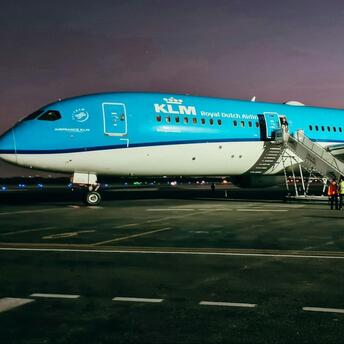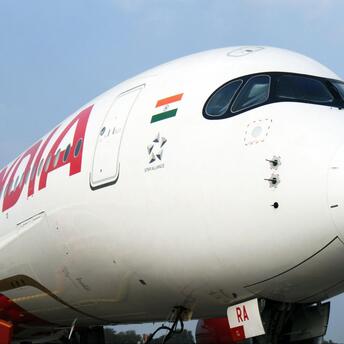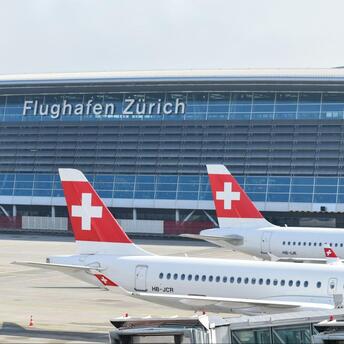UK Airports Lead the Way in Accessibility: A Closer Look at Recent Improvements

In an era where inclusivity is becoming increasingly important, UK airports are setting new standards for accessibility, ensuring that all travelers, regardless of their physical abilities, can navigate air travel with ease and dignity. Recent analyses have highlighted the significant strides made by airports across the United Kingdom in enhancing facilities and services for passengers with disabilities, making air travel more accessible than ever before.
Comprehensive Accessibility Initiatives
UK airports have long recognized the need to cater to passengers with varying accessibility requirements. Over the past few years, major airports, including Heathrow, Gatwick, and Manchester, have implemented a range of initiatives designed to improve the travel experience for disabled passengers. These initiatives encompass physical infrastructure upgrades, specialized services, and staff training programs that collectively contribute to a more inclusive environment.
One of the most notable improvements is the enhancement of physical accessibility within airport terminals. This includes the installation of ramps, elevators, and wider doorways to accommodate wheelchairs and mobility scooters. Many airports have also introduced accessible check-in counters, security lanes, and seating areas to ensure that passengers with mobility challenges can move through the airport with greater ease.
Innovations in Assistance Services
Beyond physical infrastructure, UK airports have focused on providing comprehensive assistance services tailored to the needs of disabled passengers. This includes the introduction of dedicated assistance teams who are trained to provide personalized support from the moment a passenger arrives at the airport until they board their flight. These teams are equipped to assist with everything from baggage handling to navigating security procedures, ensuring that passengers receive the help they need without feeling rushed or stressed.
In addition, many airports now offer pre-bookable assistance services, allowing passengers to arrange for specific support in advance of their journey. This proactive approach ensures that the necessary accommodations are in place when passengers arrive, reducing wait times and enhancing the overall travel experience.
Sensory and Cognitive Accessibility
Recognizing that accessibility goes beyond physical needs, UK airports have also made significant progress in catering to passengers with sensory and cognitive disabilities. Airports like Gatwick and Birmingham have introduced "quiet areas" designed for travelers who may be overwhelmed by the sensory overload of a busy terminal. These spaces provide a calm and quiet environment where passengers can relax before their flight.
Moreover, airports are increasingly using technology to assist passengers with cognitive disabilities. For example, the introduction of clear and easy-to-understand signage, along with mobile apps that provide real-time information and navigation assistance, helps passengers with cognitive challenges to feel more confident and independent as they move through the airport.
Collaboration with Advocacy Groups
The success of these accessibility improvements is largely due to the close collaboration between airports and disability advocacy groups. By working with organizations that represent the interests of disabled passengers, UK airports have been able to better understand the specific challenges faced by this group and develop solutions that address their needs effectively.
Feedback from these groups has been instrumental in shaping policies and practices, from the design of new facilities to the training of airport staff. This collaborative approach ensures that accessibility initiatives are not only well-intentioned but also truly effective in enhancing the travel experience for all passengers.
Recognition and Awards
The efforts of UK airports have not gone unnoticed. Several airports have received awards and recognition for their commitment to accessibility. For instance, Heathrow Airport has been praised for its comprehensive assistance services and innovative facilities designed to support passengers with disabilities. These accolades serve as a testament to the hard work and dedication of airport teams who strive to make air travel accessible to everyone.
The Road Ahead
While significant progress has been made, UK airports are not resting on their laurels. Continuous improvement is a key focus, with ongoing investments in new technologies and services that will further enhance accessibility. Future plans include the development of more advanced mobility aids, the expansion of quiet areas, and the integration of artificial intelligence to provide more personalized assistance.
Airports are also exploring ways to make the boarding process more accessible, such as the introduction of barrier-free gates and enhanced boarding bridges. These innovations will help ensure that passengers with disabilities can board and disembark from aircraft with the same ease and comfort as any other traveler.



















